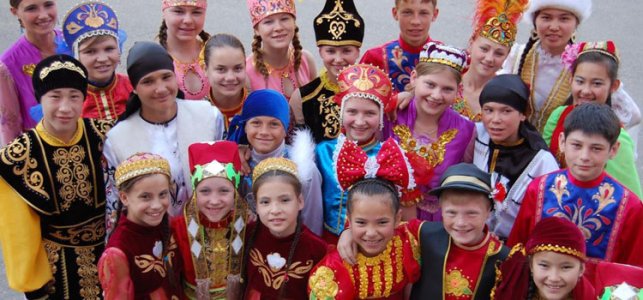Slog
Senior Test Player
- Joined
- Feb 15, 2015
- Runs
- 28,984
- Post of the Week
- 1
I was following this discussion where I learned about Rama and Sita.
Now I don't for one second profess to know the context of the story or the intricacies of the religion and neither is my intention to attack a religion so correct and educate me if I'm wrong. But this is what I understand at a basic level.
1) Sita, wife of Lord Rama, was abducted by Ravana and kept in captivity for years.
2) When Sita was finally liberated there were whispers about her being taken advantage of by Ravana while this was not true.
3) Instead of supporting her publicly, Lord Rama held a public chastity and purity trial in order to prove her purity this tying the concept of a woman's honour to this. This is a problem which plagues subcontinental society till today and maybe a result of this. There was no reason for such an exercise to be conducted because she had no control and if there was something like a forced situation then it is clearly not her fault so why should she be punished for it?
4) apparently later Sita was banished from society despite proving her chastity because the whispers and doubts against her from society didn't stop and Lord Rama did not want to be a King whose wife had such allegations on her despite the fact that they were proven to not be true.
Now if the above events are correctly understood it definitely seems problematic for me considering its part of a Hindu sage.
It ties a woman's honour to her chastity and puts the message that if an aggressor can forcefully take advantage of her the woman is 'damaged goods.'
What do posters think? Hopefully we can have a mature conversation about this.
Now I don't for one second profess to know the context of the story or the intricacies of the religion and neither is my intention to attack a religion so correct and educate me if I'm wrong. But this is what I understand at a basic level.
1) Sita, wife of Lord Rama, was abducted by Ravana and kept in captivity for years.
2) When Sita was finally liberated there were whispers about her being taken advantage of by Ravana while this was not true.
3) Instead of supporting her publicly, Lord Rama held a public chastity and purity trial in order to prove her purity this tying the concept of a woman's honour to this. This is a problem which plagues subcontinental society till today and maybe a result of this. There was no reason for such an exercise to be conducted because she had no control and if there was something like a forced situation then it is clearly not her fault so why should she be punished for it?
4) apparently later Sita was banished from society despite proving her chastity because the whispers and doubts against her from society didn't stop and Lord Rama did not want to be a King whose wife had such allegations on her despite the fact that they were proven to not be true.
Now if the above events are correctly understood it definitely seems problematic for me considering its part of a Hindu sage.
It ties a woman's honour to her chastity and puts the message that if an aggressor can forcefully take advantage of her the woman is 'damaged goods.'
What do posters think? Hopefully we can have a mature conversation about this.








 )
)